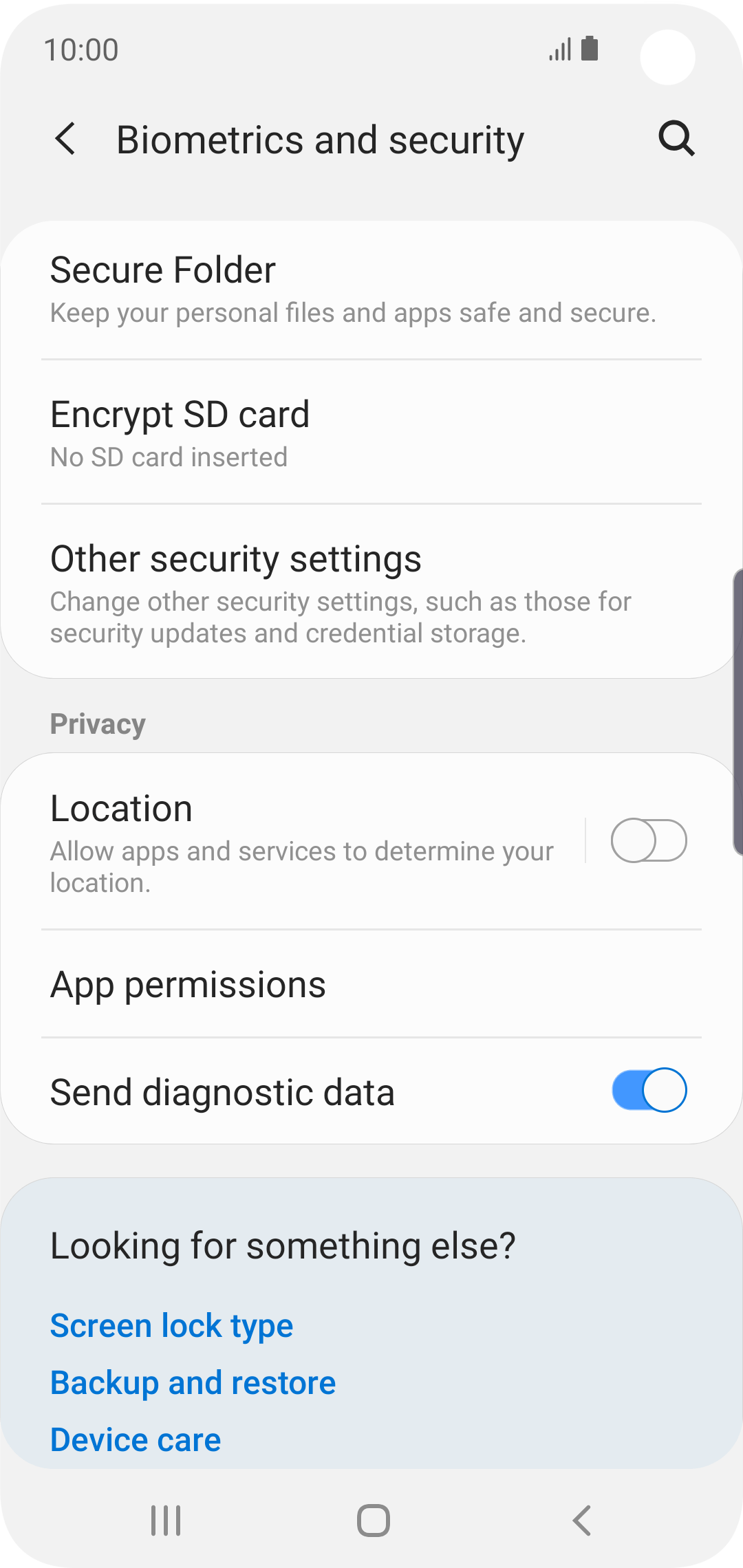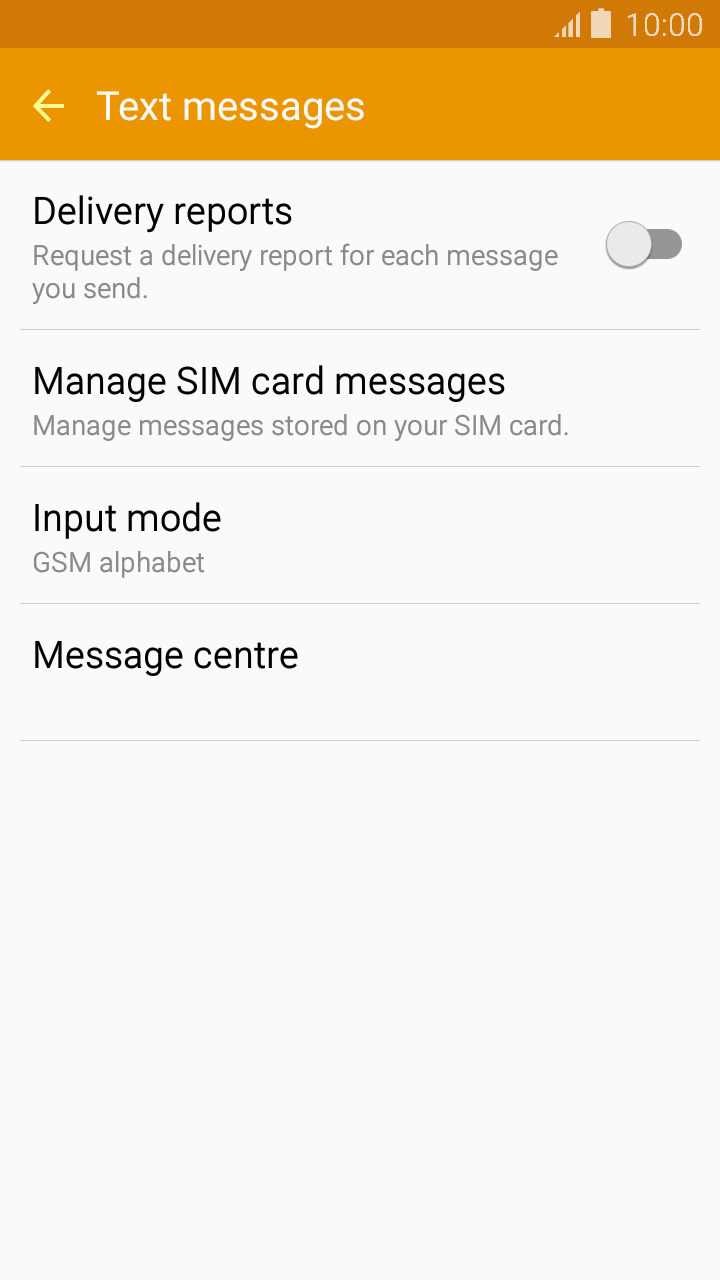

It will then start sharing your location. Select “Start Sharing Location” and choose whom you want to share it with. Tap “Send,” then select either “Share for One Hour,” “Share Until End of Day,” or “Share Indefinitely.”.If the person you select has a phone number that isn’t associated with an iPhone, you’ll be notified with a pop-up.In the “To:” field, type in either the phone number or name of your friend or family member.Click the button that says “Start Sharing Location.”.On the map screen that appears, select “People” at the bottom of the screen.You may get a screen explaining that “Find My” can be used with an AirTag or for AirPods, and that there are apps for the watchOS as well.Choose either to “Allow While Using App,” “Allow Once,” or “Don’t Allow.” If this is your first time using the app, it will ask you whether you want it to access your location. Toggle “Share My Location” so that it’s on.Go back to the main “Settings” menu and tap on your name at the top.Go into “Privacy,” and make sure “Location Services” is switched on.If you have iOS 13 or later, you can use the Find My app to share your location with family and friends. If you’re walking alone at night or you’re in an Uber by yourself, you might want a friend or family member to know your location in real time. The iPhone requests location data when location preferences are set on an app-per-app basis, so switching off location services for your phone overall will stop these location requests since your phone won’t be able to collect any location data. According to Apple, this is because these models use ultra wideband technology, which Apple says is regulated, so the phones use location services to determine if they’re in an area where ultra wideband use is restricted. If you have a phone designed with Apple’s U1 chip - such as an iPhone 11 or later - and have disabled location services for specific apps, you may find that you still sometimes see the arrow. You’ll get a notice telling you that, while Location Services will be disabled for all apps, it will temporarily come online if you use the “Find My iPhone” and report your phone lost.Toggle the “Location Services” switch to off.If you want to truly go off the grid, you can disable location services to prevent your phone from collecting any location data at all: To check whether your phone is still collecting location data, go down to the very bottom of the “System Services” screen and toggle the switch on for “Status Bar Icon.” This will display an arrow at the top of your screen when an app on your phone is accessing your location. If you want to change a specific app’s access to your location data, click on the app listing.Īrrows show which apps are accessing your location.Each listing will show the app’s name and the type of permission it has: “Never,” “When Shared,” or “While Using.” “When Shared” refers to the option “Ask Next Time Or When I Share.” Meanwhile, “While Using” will usually mean “While using the App,” but it can sometimes also refer to “While Using the App or Widgets.”


Scroll down to find a list of all the apps that enable location services.Unless you want to completely cut all location services off (see below), leave it alone “Location Services” will most likely be switched on.However, if an app asks for your location and you don’t feel it needs the data, you can disable location services for that app. Location data is useful for some apps (for example, if you want to order food) and necessary for others, like maps or ride-shares. Turn off location access for specific apps

The following directions were tested on an iPhone 11 running iOS 15 if you’re running a different version of iOS, there shouldn’t be much difference. Toggling your location settings can differ from phone to phone, depending on what model of iPhone you have and what version of iOS it’s running. The good news is you can tighten your controls so that apps are only accessing your location when it’s necessary. Other times, it’s just more data that services and companies collect about you, creating privacy concerns. That information can be useful for a lot of things, such as letting others know where you are or finding your phone when it’s lost. Your iPhone uses information from your cell service, Wi-Fi, Bluetooth, and GPS to pinpoint its location, and since you almost always have your phone on you, your location as well.


 0 kommentar(er)
0 kommentar(er)
